Beauty Is Prejudice In the Eye of the Beholder
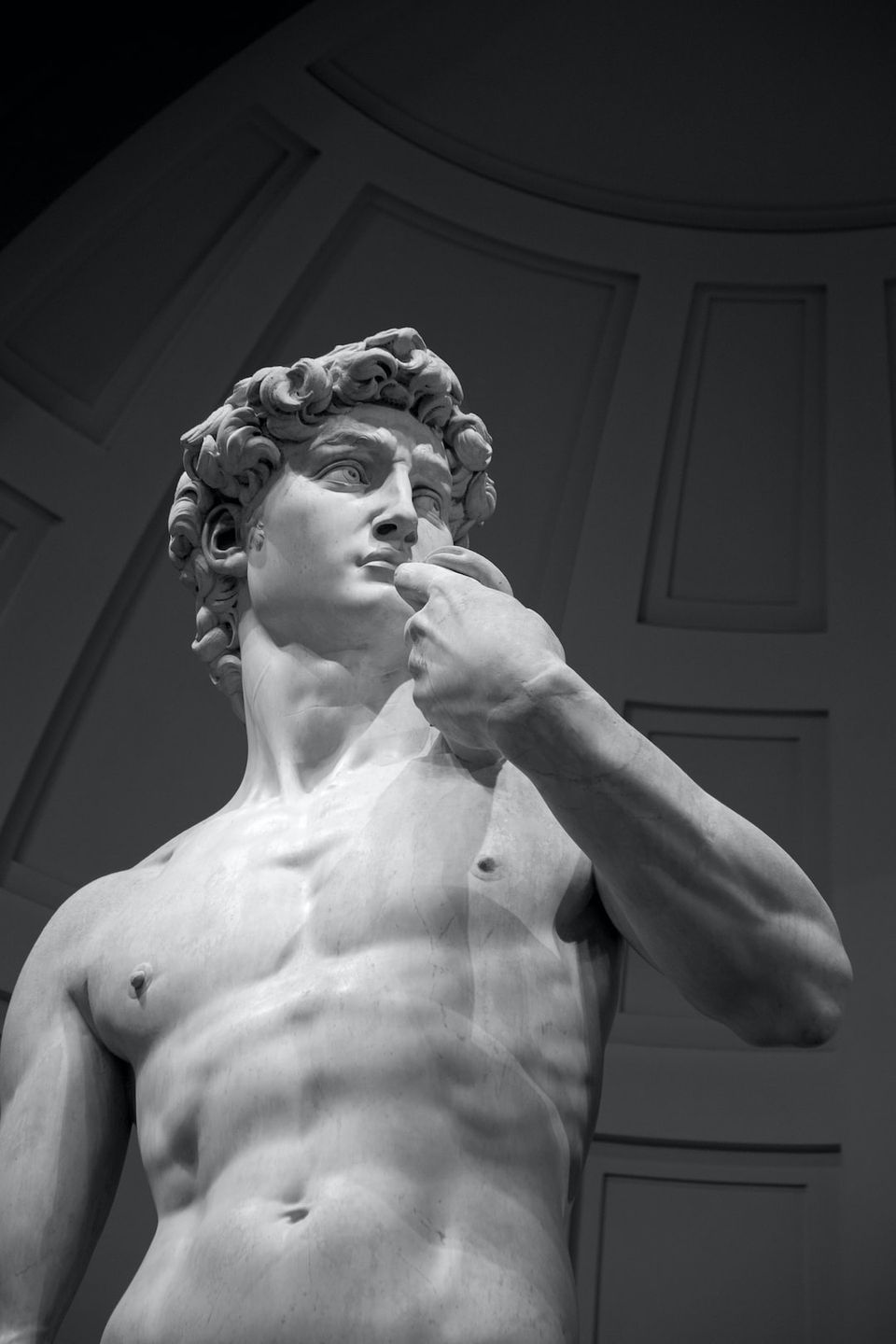
“When the world knows beauty as beauty, ugliness arises
When it knows good as good, evil arises”1
The beauty industry — which includes cosmetics, fashion, weight-loss and body-building, cosmetic surgery, and more — is dependent upon a conventional concept that ugly is something universal and quantifiable based on what you do not have. This becomes a system in which one’s perceived beauty is never good enough by comparison and needs to be continually improved, sought after, or bought.
Through the repeated advertising of images that the beauty industry tells you are beautiful, we begin to believe unquestionably what we are told is beautiful.
Models representing brands and fashion houses or thirst traps on Instagram are promoted as ideals and objective representations of what the perfect body, perfect face, and perfect silhouette should look like.
The more we see these images, the easier it is for the concept of what is beautiful to appear falsely as objective truth.
“When you reinforce appearances, people scramble to please.”2
Over thousands of years, different cultures at different times have created normative systems of beauty.
For example, consider men’s clothing and what was considered in vogue from four periods in history:
Image Notes
Top left: the 1500s — Henry VIII wears a fur-trimmed red over-gown with split hanging sleeves over a jerkin and an embroidered and slashed doublet and sleeves.3
Top right: the 1700s — Louis XIV wears a large periwig, justacorps, and stockings over his breeches.4 The height of male beauty in the 1500s and 1700s is today considered an offence to masculinity.
Bottom left: early 1900s — British formal dress: David Lloyd George (left) and Winston Churchill wear frock coats and top hats, 1907.5
Bottom right: 2021 — Self-proclaimed e-kid Yungblud with androgynous emo hair, 1980s band T-shirt, fishnet bodysuit, and leather kilt.6
Beauty norms exist on one side of the binary which creates judgement.
Such norms require the mutually arising relationship or the duality of beautiful and ugly, of fat and thin, of strong/muscular compared to weak/thin, and of men who act masculine and women who act feminine— which is nothing more than an aesthetic that is taught.
“The concept of something or someone being beautiful is grounded in a belief system that promotes duality and judgment […]. Has it ever occurred to you that beauty depends on something being identified as ugly?”7
We have supported normative belief systems of beauty for so long that most of us do not question it.
Beauty is not the only belief system that creates and fosters prejudice and bigotry.
A person is not identified as gay unless there is a belief system that includes straight. A person is not trans unless there is a belief system that includes cis. A person is not Black unless there is a belief system that includes White.
The opening lines of the second verse of the Tao Te Ching (quoted above) speak to the paradoxical unity of all dualities, polarities, and binaries. Dualities are nothing but a system of understanding, a mental construct that develops descriptions and labels to identify and communicate a comparison that does not exist in the natural world.
A dog does not compare itself to another dog. A tree does not compare its majesty to another tree. Only humans use labels like majesty or compare their dog to someone else’s — because clearly, Boxers are the best breed ever (but I digress).
“Beauty is truth, truth beauty.” — John Keats
Translation: truth and beauty are socially prescribed, hegemonic norms.
Dualities, polarities, and binaries are intellectual constructs that are neutral if they are used to define an objective truth.
For example, “Today the sky is clear and blue,” or “Today the sky is cloudy and is overcast.” Or, there are two trees in your backyard; one measures three metres in height and towers above you whereas the other is a sapling, not even up to your knee. These are observable facts we can quantify and don’t require subjective qualities of appearance or judgment.
The Natural World Is Without Judgment or Comparison.
It is only humans who look at the world and all its manifestations and subjectively label and judge what they see.
The problem with dualities is when one side of the binary becomes the acceptable convention or standard and is taken for objective fact and judged accordingly.
For example, current standards of what constitutes beauty, ideal body weight and physical stature, or the performance of gender ideals are influenced by the unquestioned repetition of these ideals. Yet, as soon as these ideals are questioned and challenged, people who have been complacent in their unconscious belief system often push back against change with anger and prejudice.
Unquestioned ideals lead to ideology and dogma.
These social conventions of opposition — beautiful and ugly, good and bad, right and left, or straight and gay — are distinctions we make of our observable world as humans. Such distinctions are only useful when used objectively to describe without judgment, which is simultaneously a paradox of dualities.
The only way out of this paradox — to see things simply as they are — is to realize that polarities and binaries are a mind game.
Just like a game of ping pong, the ball goes from one side to the other, back and forth, touching down on one side, being hit back to the other side and touching down. Hold this dynamic of dualities in your mind when you find yourself stuck on one side of the equation.
How beautiful does someone look? How gay does someone act?
Instead of trying to describe another person’s appearance, mannerisms, or behaviours, what if you invite them to look the way they look and to act the way they act without applying labels, categories, or judgment?
Besides, to whom are you comparing that person?
- Are you comparing them to yourself or some unconscious standard?
- Do you know where these standards came from?
- Have you ever questioned the value or necessity of that standard?
- If you hold that person up to some unconscious standard, is it not prudent that you also be so evaluated and critiqued?
What if you simply allow that person to be as they are?
And not “allow” in the sense of giving that person permission. Instead, allow yourself to be neutral about what you think is right or wrong — for you and you only — and don’t force your opinions and beliefs on anyone else.
Prejudice develops from unquestioned conventions that are eventually taken for granted as objective truth.
We could spend the rest of our lives further categorizing, adding more labels, and creating more distinctions between who we are, ultimately creating further division, discord, and disconnection.
Or we could see the simple, objective truth of who we are: Human beings.
This truth is the oneness —the universal commonality — that connects us all and is not a duality. Nothing could be further from the truth.
Lin, Derek, trans. Tao Te Ching: Annotated & Explained. Vermont: Skylight Paths, 2011. (2nd Verse) ↩
Heider, John. The Tao of Leadership: Lao-Tzu’s Tao Te Ching Adapted for a New Age. Atlanta: Bantam Books, 1988. ↩
Unknown author - Scanned from Krockow: Churchill, Public Domain. ↩
Dyer, Wayne W. Change Your Thoughts, Change Your Life: Living the Wisdom of the Tao. New York: Hay House, 2007. ↩
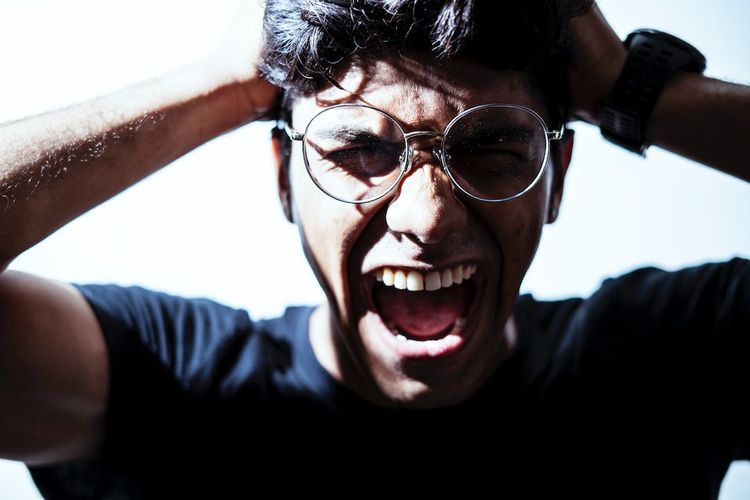
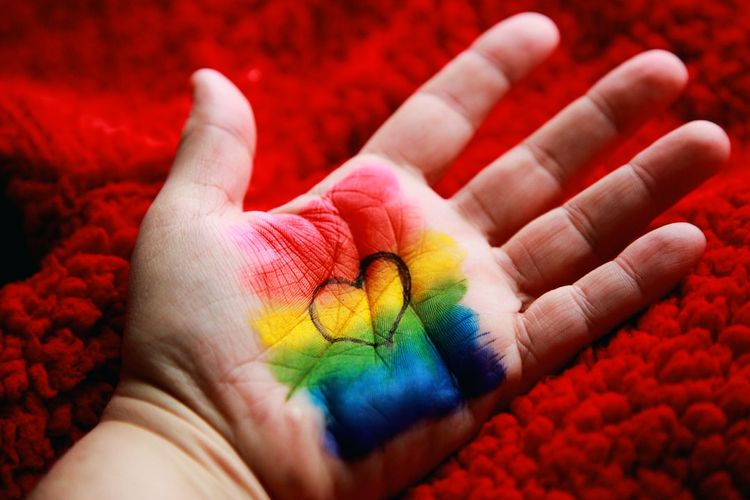
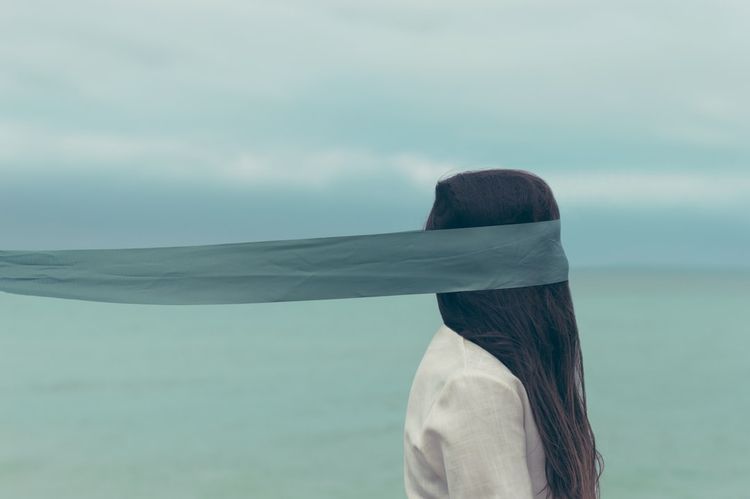
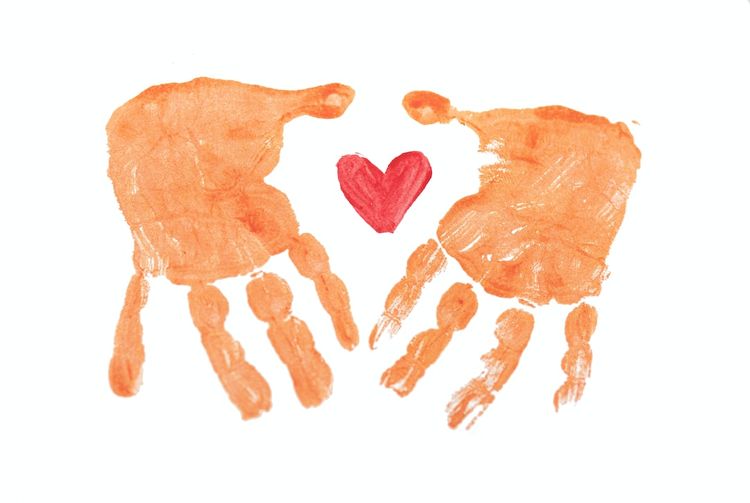
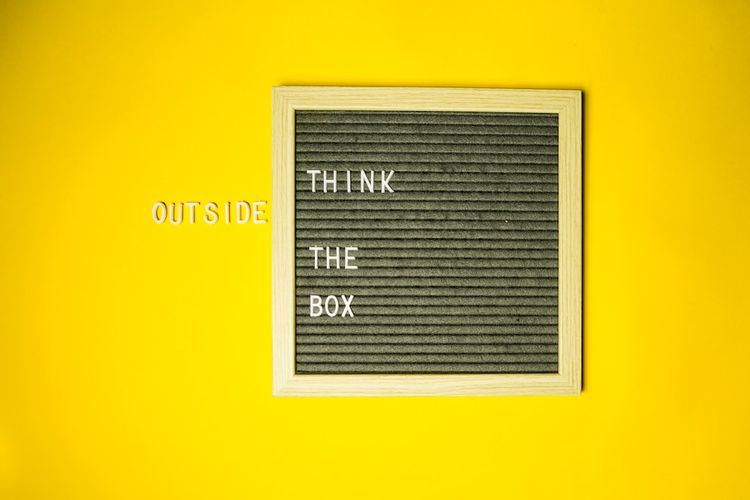
Member discussion